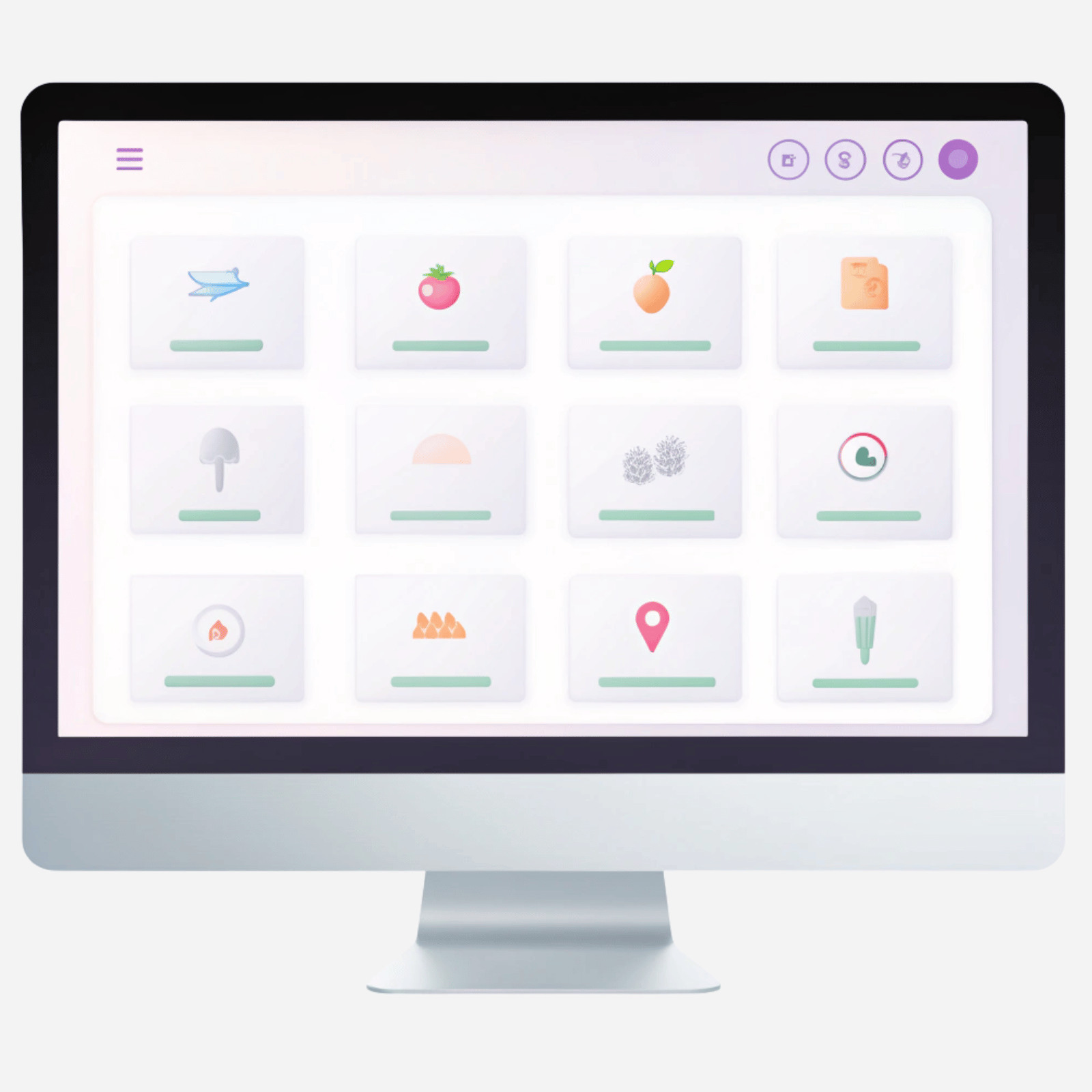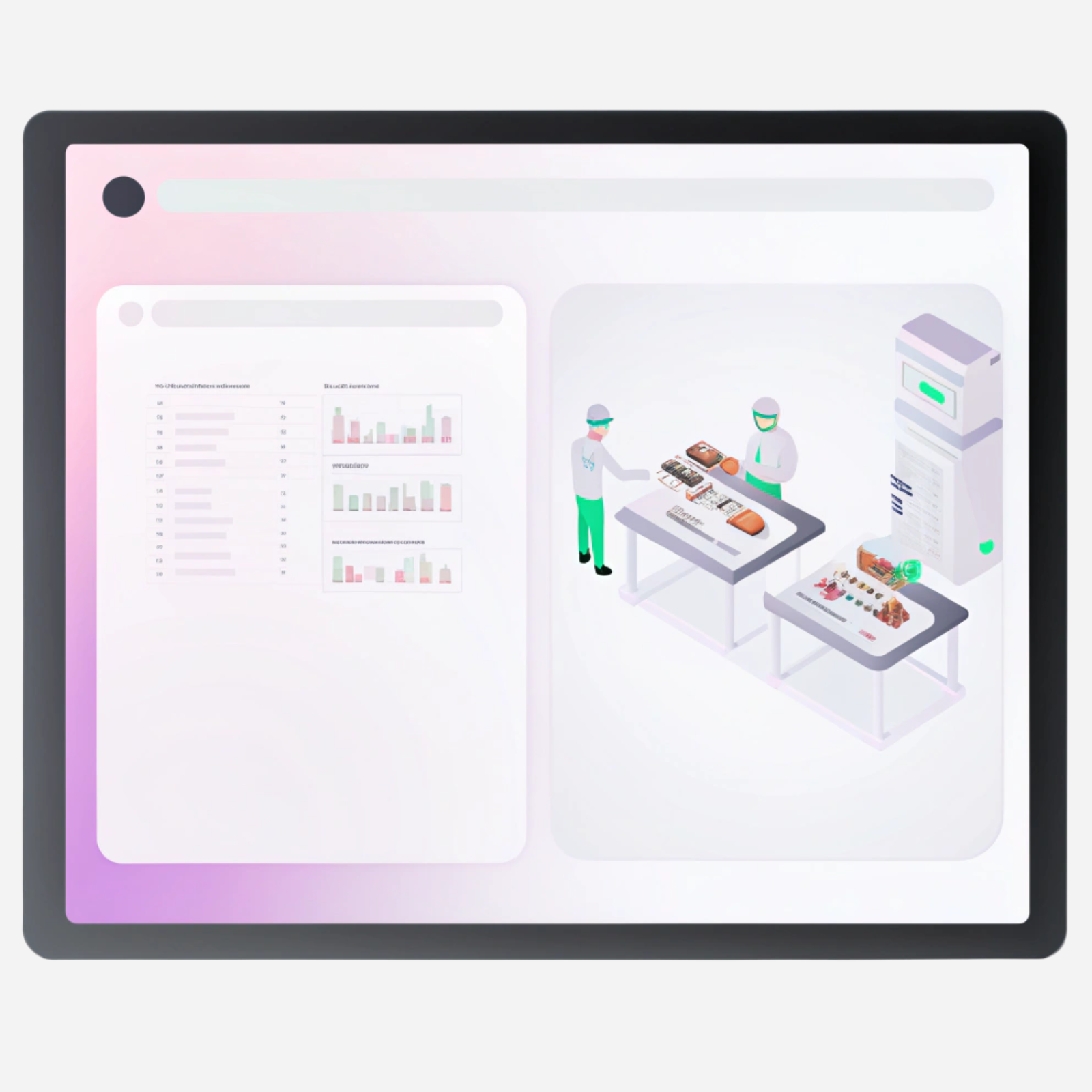
Introduction
Is your business prepared for the evolving regulatory landscape? Are you struggling to keep up with compliance requirements while managing risks effectively? In 2025, artificial intelligence is set to revolutionize Governance, Risk, and Compliance, offering businesses smarter, faster, and more efficient solutions to navigate complex regulatory environments.
Artificial intelligence in GRC is no longer a futuristic concept - it’s a necessity. Organizations across industries are using AI to boost decision-making, automate compliance processes, and improve risk assessment. With regulatory frameworks becoming more intricate and cyber threats more sophisticated, AI provides a proactive approach to governance and risk management.
According to Gartner, by 2025, more than half of major enterprises will rely on AI and machine learning for continuous regulatory compliance monitoring, a significant increase from under 10% in 2021.
In this article, we’ll explore the key AI trends shaping GRC in 2025, how businesses can implement AI-driven solutions, and the potential risks and challenges they need to address. Whether you’re a compliance officer, risk manager, or business leader, understanding the role of AI in GRC will help you stay ahead in an increasingly regulated world.
Main AI Trends for GRC in 2025
As AI becomes more advanced, its role in GRC is evolving from a supporting tool to a central pillar of compliance and risk management. Businesses are continuously using AI to improve regulatory quality, predict risks before they arise, and automate labor-intensive compliance processes.
However, the real opportunity lies in smart usage of advanced AI tools to conduct gap analysis - identifying areas where current compliance processes may be vulnerable and predicting future risks. But what are the most significant AI-driven trends shaping GRC in 2025?
Let’s take a closer look at the top innovations transforming this field:
%20Are%20Revolutionizing%20the%20Legal%20Industry%20-%20IONI.png)
How to Implement AI in GRC
As organizations begin to recognize the potential of these AI trends, the next logical step is understanding how to implement AI effectively within existing GRC frameworks. While the benefits are clear, the real challenge lies in adopting and integrating AI solutions into your organization's processes. In this section, we will explore the practical steps businesses can take to harness the power of AI in GRC, ensuring seamless implementation and maximum impact.
Implementing AI in GRC involves several technical steps, each tailored to address specific challenges within these domains. Below is a structured approach to incorporating AI into GRC:

1. Assess Organizational Needs and Define Objectives
Begin by identifying specific GRC challenges your organization faces and how AI can address them. Consider areas like regulatory compliance, risk management, and internal audits. This assessment helps in setting a foundation for a targeted AI strategy, ensuring alignment with organizational priorities.
2. Evaluate and Select Appropriate AI Solutions
Research AI technologies that cater to your unique GRC needs. IONI, for instance, offers features like gap analysis, document drafting, real-time insights, and document AI research. Its gap analysis feature automatically compares internal compliance policies, contracts, and regulatory requirements to identify discrepancies, ensuring proactive closure of compliance gaps.
3. Prepare and Structure Data Infrastructure
AI's effectiveness depends on high-quality data. Steps include:
- Data Collection: Gather relevant data from internal and external sources.
Data Cleaning: Remove inaccuracies and inconsistencies. - Data Structuring: Organize data in formats suitable for AI processing.
A well-prepared data infrastructure enables quicker AI deployment and minimizes errors in analysis.
4. Implement AI Models for Specific GRC Functions
Deploy AI models tailored to address specific GRC challenges:
- Risk Identification and Assessment: Utilize AI to analyze vast amounts of data to identify emerging risks and trends, providing real-time risk intelligence to inform strategic decision-making.
- Compliance Monitoring: Employ AI tools like IONI to automatically track and interpret regulatory changes, ensuring that compliance frameworks are always up to date. IONI streamlines contract reviews, identifying compliance gaps and ensuring accuracy 80% faster by processing large volumes of documents and analyzing them against regulatory requirements.
- Fraud Detection: Use AI models to analyze financial transactions and business operations, detecting unusual activities indicative of fraud or non-compliance.
5. Integrate AI Solutions with Existing GRC Frameworks
Ensure that AI tools seamlessly integrate with current GRC processes:
- System Integration: Connect AI solutions with existing GRC platforms to enable data flow and interoperability.
- Process Alignment: Align AI-driven processes with organizational workflows to ensure coherence and efficiency.
6. Establish Continuous Monitoring and Improvement Mechanisms
Implement mechanisms to monitor AI performance and make necessary adjustments:
- Performance Metrics: Define metrics to evaluate AI effectiveness in GRC tasks.
- Continuous Learning: Update AI models with new data to improve accuracy and adaptability.
7. Address Ethical and Compliance Considerations
Ensure that AI implementations adhere to ethical standards and regulatory requirements:
- Transparency: Maintain clear documentation of AI decision-making processes.
- Accountability: Establish protocols for human oversight of AI-driven decisions.
- Compliance: Regularly review AI practices to ensure alignment with current regulations.
8. Provide Training and Change Management
Equip staff with the necessary skills to work effectively with AI tools:
- Training Programs: Offer training on AI functionalities and best practices.
- Change Management: Develop strategies to manage the transition to AI-enhanced GRC processes.
By following these steps and using such AI tools as IONI, companies can effectively implement AI in their GRC frameworks, leading to enhanced efficiency, improved risk management, and robust compliance adherence.

Ready to take the next step in boosting your GRC strategy with AI? Contact us today to learn how IONI can help streamline your compliance and risk management processes.
Risks and Challenges of AI in GRC
While implementing AI in GRC offers immense potential, it’s crucial to acknowledge the risks and challenges that may arise during the integration process. From data privacy concerns to the complexities of maintaining AI models, understanding these obstacles is key to ensuring a smooth and successful implementation.
Let’s analyze some of the key risks and explore practical solutions to ensure a successful AI implementation in GRC frameworks.
1. Algorithmic Bias and Fairness
AI systems can inadvertently perpetuate biases present in their training data, leading to unfair or discriminatory outcomes. For instance, biased AI decisions in hiring or lending could result in legal liabilities and reputational harm.
Solution: Implement rigorous testing and validation processes to identify and mitigate biases in AI models. Regular audits and updates to AI systems, along with diverse and representative training data, can help promote fairness and equity.
2. Data Privacy and Security Concerns
AI systems often process vast amounts of sensitive data, heightening the risk of data breaches and privacy violations. Unauthorized access or misuse of this data can lead to significant financial and reputational damage.
Solution: Adopt robust data encryption, access controls, and anonymization techniques to safeguard sensitive information. Ensuring compliance with data protection regulations, such as GDPR, is essential to maintain trust and legal compliance.
3. Transparency and Explainability Challenges
AI models, particularly deep learning algorithms, can function as "black boxes," making it difficult to understand their decision-making processes. This opacity can hinder accountability and trust in AI-driven decisions.
Solution: Develop and employ AI models with built-in explainability features. Providing clear documentation and rationales for AI decisions enhances transparency and fosters stakeholder trust.
4. Compliance with Evolving Regulations
The regulatory landscape for AI is rapidly evolving, and companies may struggle to keep pace with new requirements. Non-compliance can result in legal penalties and loss of business opportunities.
Solution: Establish a dedicated compliance team to monitor regulatory changes and assess their impact on AI operations. Engaging with legal experts and participating in industry forums can provide valuable insights into upcoming regulatory shifts.
5. Security Vulnerabilities and Cyber Threats
AI systems are susceptible to various security threats, including adversarial attacks that can manipulate AI behavior. Such vulnerabilities can compromise the integrity of GRC processes.
Solution: Implement comprehensive security measures, including regular security assessments, penetration testing, and collaboration with cybersecurity experts, to identify and address potential vulnerabilities.
6. Ethical Considerations in AI Deployment
Deploying AI in GRC raises ethical questions about decision-making authority and accountability. Determining the appropriate balance between human oversight and AI autonomy is crucial.
Solution: Develop clear ethical guidelines and governance structures for AI deployment. Engaging stakeholders in discussions about ethical AI use and establishing oversight committees can help align AI practices with organizational values.
7. Integration with Legacy Systems
Integrating AI solutions with existing GRC systems can be challenging due to compatibility issues and outdated infrastructure. This can impede the seamless flow of information and reduce operational efficiency.
Solution: Conduct thorough assessments of existing systems before AI integration. Investing in upgrading legacy systems and ensuring interoperability between AI solutions and current infrastructures can facilitate smoother integration.
In conclusion, while the integration of AI into GRC frameworks offers great potential for improving efficiency, managing risks, and ensuring compliance, it's crucial to carefully address the challenges that come with it. By understanding the risks and implementing the right solutions, organizations can ensure a smooth and successful implementation of AI in their GRC processes. After all, a well-managed AI system is like a good risk management strategy - anticipating problems before they arise!
Conclusion
The future of Artificial intelligence in GRC is about reimagining the way сompanies approach governance, risk, and compliance. By smart using of AI to automate processes, boost decision-making, and identify risks proactively, businesses are not just surviving in an increasingly complex regulatory landscape; they’re thriving in it.
However, as with any revolutionary change, the journey requires a balance of innovation and caution. By addressing the risks head-on, implementing AI with care, and staying adaptable, organizations can truly unlock the power of AI for a more resilient, efficient, and compliant future.
While many are focused on the "how" of AI in GRC, the true leaders of tomorrow will be those who focus on the "why." Why are we implementing AI? Not just for efficiency, but for smarter decisions, deeper insights, and a forward-thinking approach to compliance that anticipates the needs of tomorrow, not just today. So, as you move forward, ask yourself: How can AI in your GRC framework not just solve problems, but transform your entire approach to business? The answer could very well define your business' future success.









